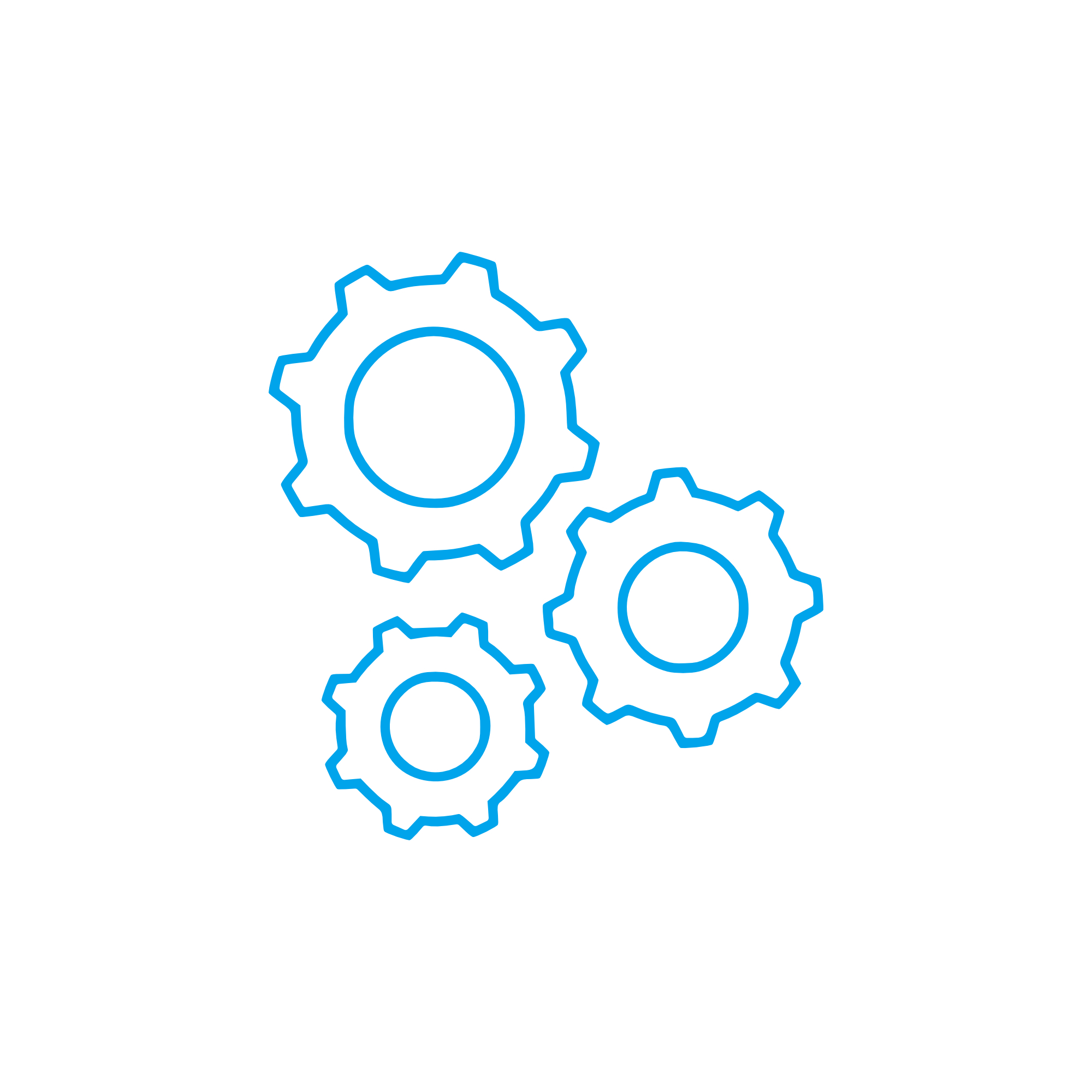TOOTHED GEAR – Gears and toothed wheels for high‑duty diesel and marine engines
Gears and toothed wheels are precision power‑transmission components that synchronize, reduce, or multiply rotational speed while carrying substantial torque in engines. In propulsion and power‑generation duty, a TOOTHED GEAR set links the crankshaft to camshafts, fuel injection equipment, balance shafts, pumps, and propulsion gearboxes. Because every firing event depends on exact timing and stable torque delivery, these parts are fundamental to engine performance, efficiency, and operational safety across marine engine and diesel engine applications.
TOOTHED GEAR technical function in engines: how gears and toothed wheels work
Inside an engine, gears and toothed wheels convert crankshaft power into controlled motion throughout the drivetrain and auxiliary systems. Spur and helical TOOTHED GEAR meshes are common in timing geartrains, where they maintain phase accuracy between crank and cam to control valve events and injection timing. Planetary and compound stages appear in reduction gearboxes to align engine speed with propeller or generator requirements. In heavy‑duty diesel engine platforms, helical gears are favored for high load capacity and smoother engagement, reducing noise and vibration. In many marine engine installations, idler gears permit flexible equipment layouts while maintaining the correct direction of rotation.
The engineering fundamentals are straightforward but unforgiving. Tooth flanks with precisely ground involute profiles share load as they roll and slide across one another. Correct pressure angle, module/DP, helix angle, and backlash ensure contact stress stays within design limits. Surface hardening (carburizing or nitriding), core toughness, and optimized micro‑geometry (crown, lead correction, tip relief) protect against pitting, scuffing, and tooth root fatigue. Continuous lubrication—splash or pressure‑fed—forms a protective film that limits friction and heat. Proper filtration and cleanliness prevent abrasive wear that would otherwise shorten service life. In short: a TOOTHED GEAR set must deliver repeatable meshing accuracy under thermal growth, misalignment, and shock loads.
In the supply chain context, TOOTHED GEAR OEM parts are manufactured to application‑specific drawings and heat‑treat specifications, then finished by grinding and lapping to tight tolerances. That dimensional fidelity is what enables drop‑in replacement during overhauls without the need to re‑engineer mating components.
- · Precise torque transmission and speed matching.
- · Accurate cam, injection, and balance shaft timing.
- · High load capacity via case‑hardened alloy steels.
- · Optimized NVH using helical gears and micro‑geometry.
- · Controlled backlash for reliable cold and hot running.
- · Surface finish and hardness tailored to duty cycle.
- · Robust lubrication paths for film strength and cooling.
- · Engineered to integrate with existing geartrains and housings.
Importance of gears and toothed wheels for reliable engine operation
The health of a geartrain directly influences uptime, fuel economy, and emissions. When timing stability drifts, injection and valve events shift, causing higher specific fuel consumption, increased smoke, and rough running. Excess backlash or misalignment escalates dynamic loads and accelerates wear. At the extreme, tooth breakage or scuffing can propagate debris through the lubrication circuit, damaging bearings and adjacent meshes.
Marine and power‑plant operators also face safety and regulatory exposure: a failed timing TOOTHED GEAR may lead to valve‑to‑piston contact, while a compromised reduction stage can interrupt propulsion or blackout a vessel. Common failure modes include micropitting from insufficient film thickness, scuffing from oil starvation or viscosity mismatch, and bending fatigue at the root driven by overload or poor shot‑peen coverage. Routine condition monitoring—backlash checks, vibration analysis, endoscopic flank inspection, and oil debris trending—helps detect early damage and plan maintenance windows before costly secondary effects arise.
Advantages of OEM spare parts suitable for gears and toothed wheels
Sourcing OEM spare parts suitable for gears and toothed wheels safeguards performance targets while controlling life‑cycle cost. These components are produced with the same dimensional baselines, heat‑treat recipes, and inspection regimes as the equipment builder specified, which preserves mesh geometry, center distances, and bearing preload settings. The outcome is predictable installation and stable operation from first start.
For purchasers and technical managers, the benefits are tangible:
- · Performance: Maintained timing accuracy and load distribution protect efficiency and emissions margins.
- · Reliability: Proven metallurgy and flank finishing reduce scuffing, pitting, and noise.
- · Budget: True drop‑in fit shortens dock time and avoids rework on shafts, housings, or bearings.
- · Service life: Correct hardness depth and residual stress profiles extend fatigue resistance across overhaul intervals.
- · Risk management: Traceable production and standardized QC (to AGMA/ISO gear quality levels) support compliance and audits.
- · Compatibility: TOOTHED GEAR OEM parts align with existing geartrains, lubrication schemes, and sealing packages.
MOPA – your partner for OEM TOOTHED GEAR and geartrain components
MOPA supplies OEM spare parts for gears and toothed wheels with the speed, quality, and security demanded by diesel and gas engine operators. From timing gear meshes and idlers to planetary reduction stages, our portfolio covers major marine engine platforms and stationary power units. Fast response, vetted sourcing, and rigorous documentation help minimize downtime during planned overhauls and urgent repairs.
Purchasers and superintendents count on MOPA for rapid availability from stock or short lead‑time manufacturing, consistent product quality, and safe, traceable trade processes. Whether you need a single timing TOOTHED GEAR for a diesel engine or a complete matched set for a marine engine gearbox, MOPA ensures technical alignment with your specification and supports the transaction end‑to‑end.
Conclusion: why gears and toothed wheels matter—and why OEM spares pay off
Gears and toothed wheels are the backbone of engine synchronization and torque transmission; a single TOOTHED GEAR can determine whether an engine meets its performance and reliability targets. Selecting OEM spare parts suitable for this category preserves mesh accuracy, reduces risk, and optimizes total cost of ownership over multiple service intervals.
With MOPA, operators secure fast access to compliant components and dependable support, keeping diesel and marine engines running efficiently and safely.


